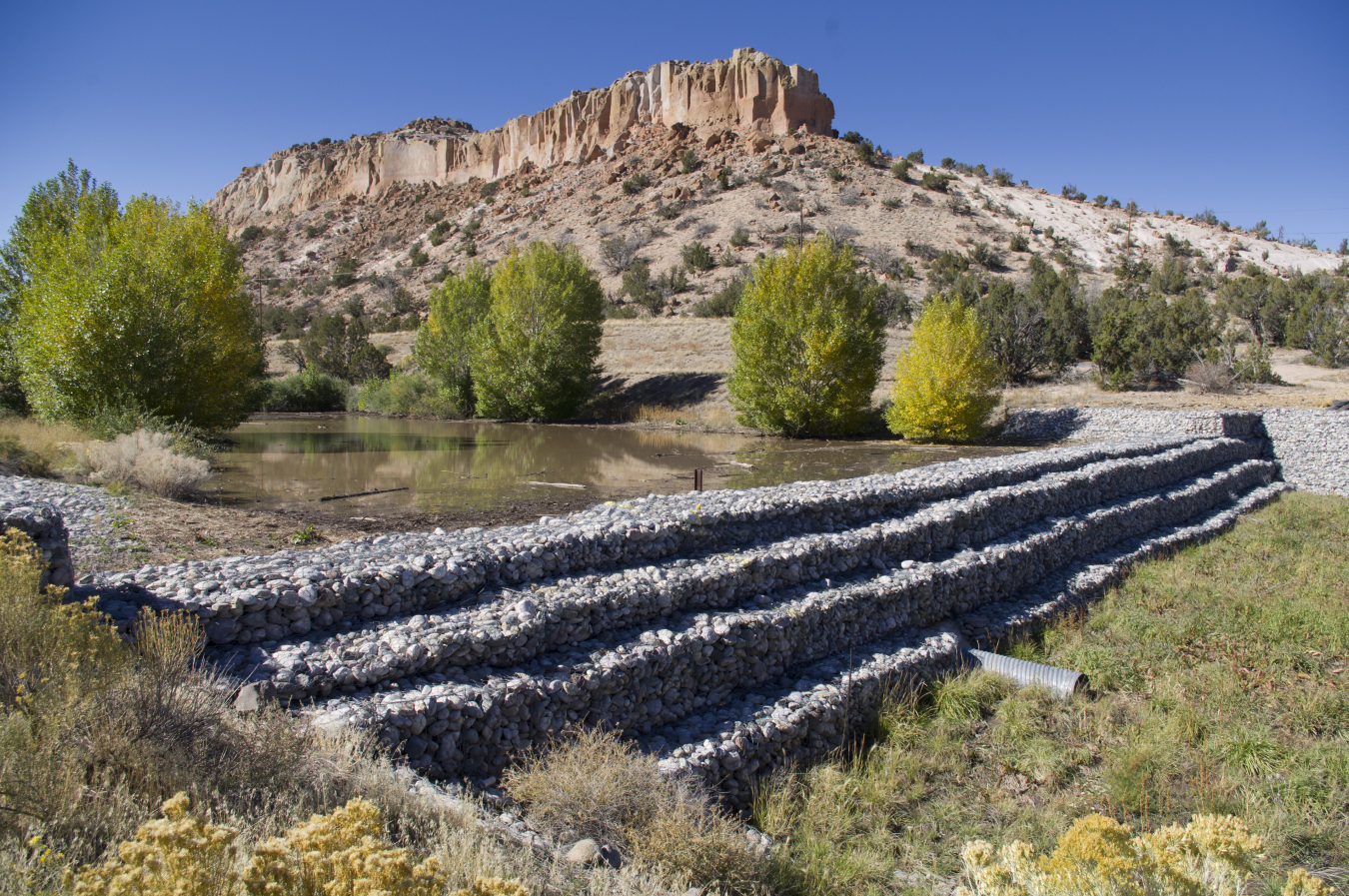
Los Alamos National Laboratory (LANL), located in Los Alamos, New Mexico, was established in 1943 as Site Y of the Manhattan Project for a single purpose: to design and build an atomic bomb. It took just 20 months to detonate the world’s first atomic bomb 200 miles south of Los Alamos at the Trinity Site on the Alamogordo bombing range. The Department of Energy’s Environmental Management Los Alamos Field Office (EM-LA) investigates hazardous chemical and radioactive materials contamination as a result of past LANL operations and remediates sites where such materials are found above acceptable regulatory levels. This is known as the legacy cleanup mission.
Cleanup locations include sites of former LANL buildings, hillsides, canyon bottoms, and old landfills. Mission activities include surface and groundwater monitoring and remediation, removing contaminated soil, and decontaminating and decommissioning surplus process-contaminated buildings. Cleanup of contaminated sites follows the requirements of the 2016 Compliance Order on Consent with the New Mexico Environment Department (NMED).
Over 2,100 contaminated sites at LANL were originally identified for action and over half of them (1,100) have been closed, ranging from small spill sites with only several cubic feet of contaminated soil to large landfills encompassing several acres.

Please read the fact sheets listed below for more information on legacy cleanup at LANL, including the current status of the Chromium Interim Measure.
You can also learn more about EM-LA’s legacy cleanup activities by downloading related presentations EM-LA has provided to the public on our Presentations page.
To access environmental data related to EM-LA’s legacy cleanup mission, please visit the Intellus New Mexico website. Intellus New Mexico is a publicly-accessible database containing environmental monitoring data provided by LANL, the NMED DOE Oversight Bureau (DOE OB), and other third-party providers (such as local and Tribal entities).

